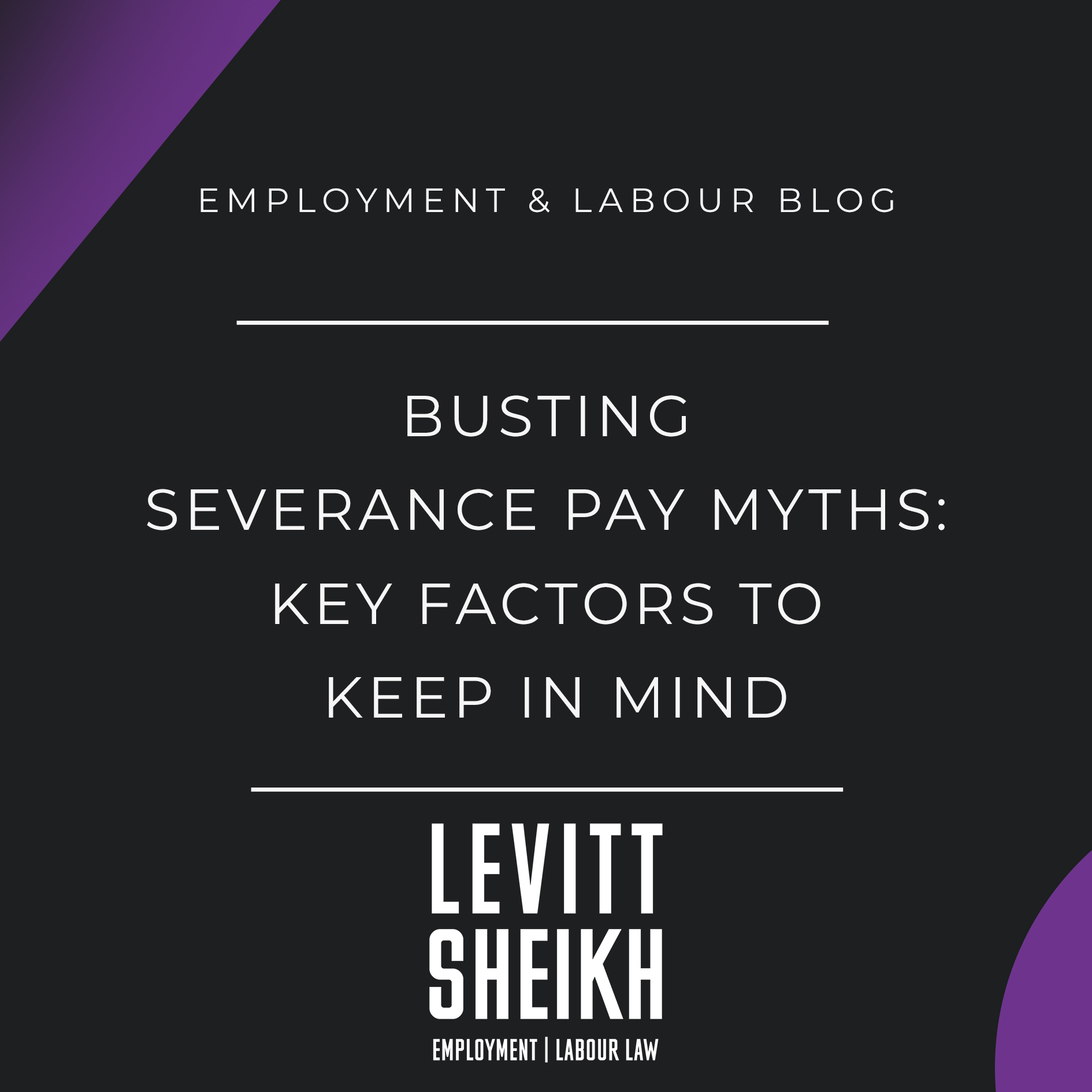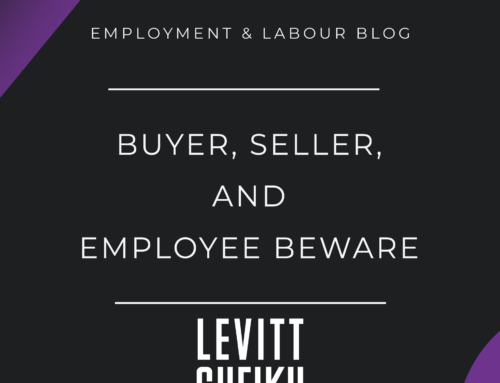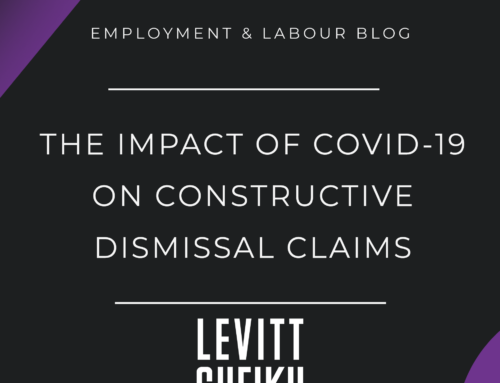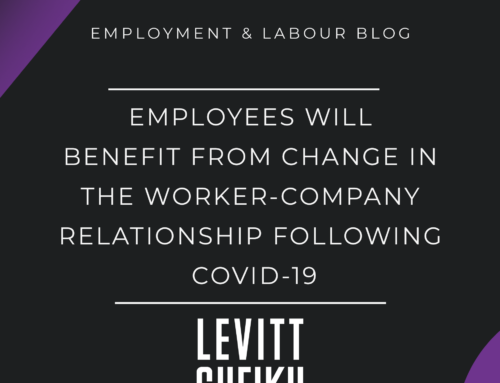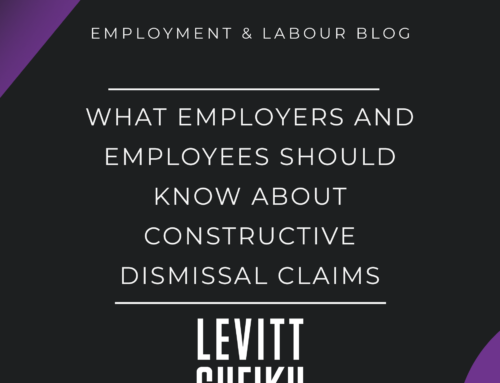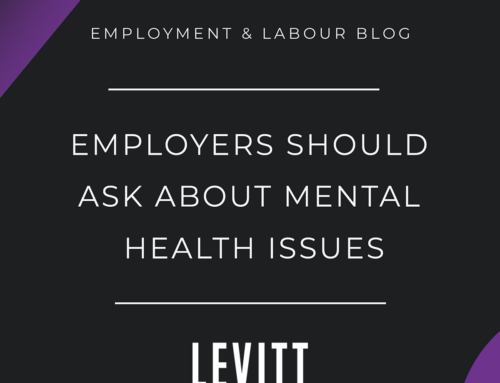How much severance pay are you entitled to? This is a topic everyone has an opinion on. Many employee clients are astonished at the advice I provide, as often expecting the amount to be higher as lower.
Myths prevail, too: one month for each year of service, two weeks for each year, 24 months if you are of long service, two weeks pay if you are junior, nothing if you have worked less than three months; the list goes on.
Perhaps some of the malleability is because severance calculation is an art as much as it is a science. Three judges may come up with three different amounts within a certain range. There is no formula that can accurately predict severance. The ones I have seen set the amount for everyone above what a court would award, or everyone under, or some employees much higher and others much lower depending on the criteria used.
The biggest factor in determining severance is re-employability. If someone is in a field or market where they will have great difficulty finding work, the court will provide more severance. The reason being that the primary purpose of severance is to provide the wrongfully dismissed employee the opportunity to secure other employment within the period provided.
Most other major factors flow from this; age, because, in the main, the older you are, the less attractive you are to employers; remuneration, because there are more $45,000 a year jobs available than $450,000 positions; and the status of your position, for the same reason as earnings.
Length of service is the main anamoly. Arguably, the more loyalty you have shown to your employer, the more attractive you will be to other employers. In this case, the courts adopt a public policy approach. They believe employees are entitled to more severance from employers who have received the benefit of their work for many years. A short-service employee convinced reluctantly to leave a secure position will have their effective length of service enhanced.
With the abolition of mandatory retirement, there have been more older employees with longer service suing. While one would expect that to inveigh in favour of very long severance awards, in practise, the courts have practical maximums and employees older than age 65 and with 30-plus years experience, who are very unlikely to ever find comparable work, are not recovering more than somewhat younger employees with shorter service.
Although these are the factors courts apply in every case, my book, Law of Dismissal in Canada, refers to more than 130 factors. Until about two years ago, court decisions stated that the maximum any employee would get if all major factors — age, length of service, position — favoured them was 24 months, but many 26- and 27-month awards have been creeping into case law. And instead of only senior executives receiving those, 24-month severance packages have more frequently been provided to more junior employees.
So what severance will an employee receive in any given case if they are dismissed, actually or constructively? Reviewing hundreds of comparable decisions, the courts can arrive at a range, usually of three months, and then pick a number within that. What the employee ends up with can be based on less predictable factors, such as the employee’s likeability, the employer’s unlikeability, the predisposition of that judge and the skill of counsel.
In addition, these two factors are important:
Opposing counsel
If the opposing side’s lawyer is one of many in this area who never goes to court, it will be presumed they will ultimately fold before being embarrassed in a forum where they are unpractised. As result, many lawyers will offer less than they would to someone trial hardened. Ironically, the better and quicker settlements are offered to lawyers who are more likely to go to trial and who are skilled at it; and;
The parties’ stick-with-it-ness
Litigation is a game of emotional and psychological resolve. If your opponent thinks you will capitulate, they will offer less and wait. Virtually every employee wants to get their settlement and move on with their lives. Employers take advantage of that by offering less, waiting for that moment. If, on the other hand, the employee projects confidence and gives the impression they are ready to wait it out, settlement will occur more quickly. Similarly, employers will do better if they appear resolute and have a reputation of not settling every case.
Less than 1 per cent of dismissal cases go to trial, so each party’s perception of the other and their counsel can be all-important. Everyone views settlement through the lens of what a court will likely award at trial. That is the ultimate litmus test.

